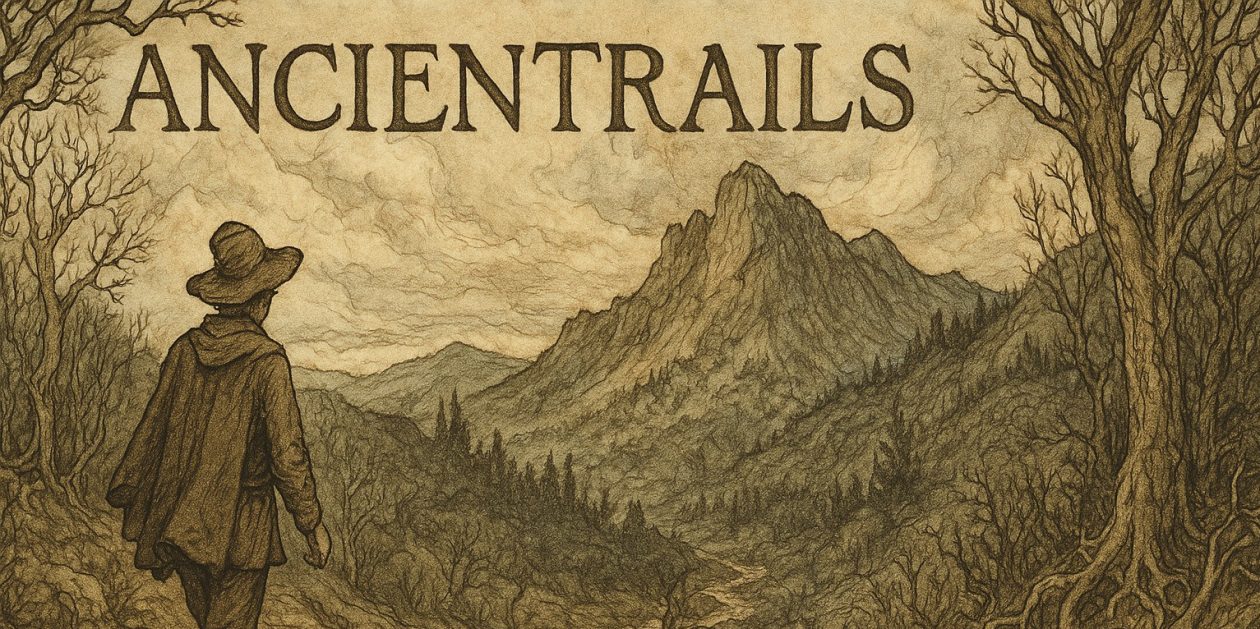Spring Waxing Moon of the Southern Cross
Out on a tour bus with Paul at 8:30 am this morning. Paul, “100% Ecuadorian, made by and for Ecuadorians” had wide knowledge of Ecuadorian history, botany and fauna. He also made a comment coming back that catches the essential of the South American attitude toward time. As we pulled into the docks after our 7 hour + tour, he said, “The ship is still here. We’re on time.”
The day had an odd feel to it. We started out driving through one of the largest contiguous dry tropical forests in the world. I didn’t even know there were dry tropical forests. This runs throughout Ecuador along the coast and, about 20 k into Peru, becomes desert. The western slope of the Andes, thanks to moisture wringing power of their high altitudes is very dry. The rain falls on the eastern slopes, creating the Amazon and the great Amazonian rain forests. Here, though, on the coastal regions of the west there is very little rainfall most of the year, then a lot from November through May. This rainfall occurs, not to thanks to the mountains, but to the waning of the Humboldt current, cold and inimical to rain, and the rising of another current, I didn’t get the name, which is warmer and conducive to rain.
In La Nino years, Paul said, the warming of the Pacific generally can amp up the rain fall to drastic proportions. Then those who live closest to the coast or closest to the rivers and arroyos get flooded out. The typical Ecuadorian home has one room with a large front porch and has stilts to raise it about a foot and a half above the ground. This protects from animals and high water.
The tour focused on Hacienda Castillo, a cacao plantation. We saw the various stages of taking the cacao from seed to seed pod to harvest to refining into chocolate. When we first arrived at the Hacienda, the hosts served a white, somewhat thick, liquid to us. Delicious, it had an unusual fruity taste. The juice comes from the pulp around the cacao seed. Apparently, it is a fragile liquid that ferments easily so must be drunk soon after pulping, so we don’t have it in the states.
The cacao plant bears a large oblong fruit, ranging from a foot to a foot and a half in length. The workers harvest the fruit by hand, cutting off a small top of the thick rind and pulling it up and out with the pulpy seeds coming out with it, dangling in a string of 10 to 40 depending on variety.
The rinds go back under the tree as compost and as breeding ground for a fly that kills disease producing insects on the plant.
Paul gave us dried beans to try. About thumbnail size and covered in a husk, the cacao inside has a slightly bitter, oily taste, not unpleasant, but certainly not chocolate. The processing removes the husk, and leaves the cacao which then gets mixed with milk and sugar after being heated. The oil from the beans gets siphoned off for use in cosmetics while the rest goes on to the chocolate making.
On our way back from the cacao plantation Paul gave us a good tour of Guyaquil, the largest city in Ecuador. Guyaquil’s name comes from Guya, an indian leader who killed his wife Quil, then himself to avoid enslavement by the Spaniards.
The usual parts of a large city were in evidence. Areas with mean housing, areas with fine housing, a downtown with fancy hotels, a KFC, McDonald’s and a Hampton Inn as well. The people seemed cheerful, waving at the bus and smiling when we waved back.
The riverfront, the Malecon, underwent a major renovation a couple of years ago and has a very pleasant, long stretch of paved walkways, cafes and restaurants, playgrounds for kids and statues, including with Simon Bolivar and San Martin, the two liberators of South America. Bolivar, showing slight taller than San Martin, was, according to Paul, really very short.
We passed one area that specialized in making paper mache figures: the Simpsons, smurfs, the Hulk, presidents, recent local political figures as well as many others. People purchase these figures to burn during a New Year’s celebration. Some of them will go as tall as two story building.
Paul says neighborhoods will collect money to purchase large figures, often competing with nearby communities. If they get worried about the fire they’ll set off, they notify the fire department to be on the watch.
Ecuador is part of a corridor of mega-diversity that extends through Colombia up to Panama and ends in Costa Rica. What is megadiversity? Ecuador along has 1,600 species of birds. In the US, if you count all the rare species, you can get up to 900. Ecuador is the size of Nevada. The Galapagos, 600 miles out into the Pacific from Manta, participate.
Ecuador’s new constitution, only a few years old, is the first to give rights to the ecological systems in the country. Ecuador lies at the cutting edge of conservation biology. It has a large region in its northeast, on the eastern side of the Andes, that has so many endemic species that Ecuador has protected the area for ever, allowing only scientific research and eco-tourism there.
Ecuador is worth a revisit. A person could fly into Manta, get a ship or plane to the Galapagos, come back, take the train to Quito, rent a hotel and visit the sites in Quito, then head out into the jungle areas with an eco-tourist guide. It would not be much trouble to reach Macchu Picchu on such a trip, too.
Back at the ship now after two days of touring, we head out soon for Salaverry (Trujillo) Peru.
Tomorrow is a day at sea, then Salaverry as we continue our journey south, below the equator, headed for Cape Horn.
